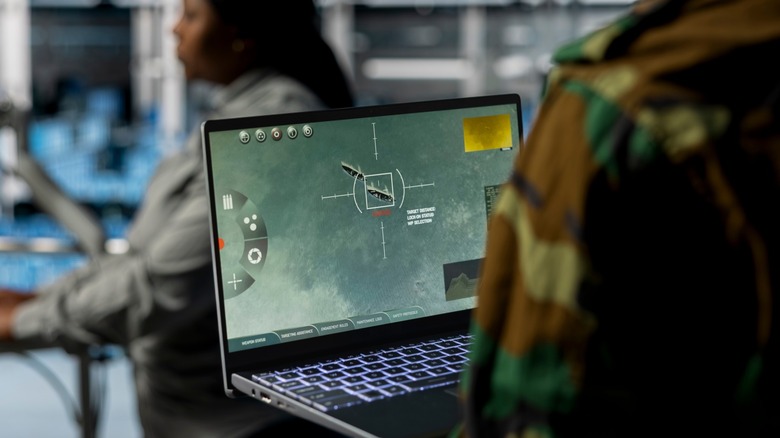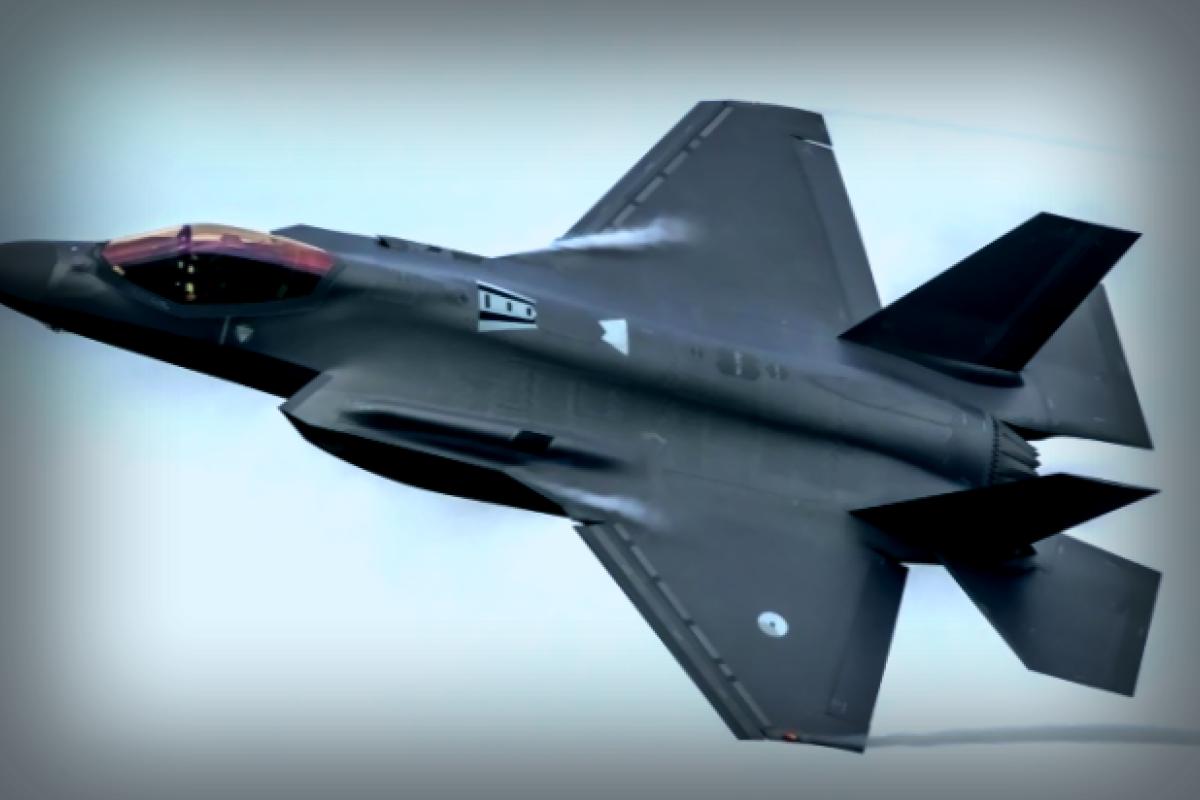For years, stealth technology has given the U.S. military a clear-cut advantage in the skies. With impressive machines like the B-2 Spirit, F-22 Raptor, and F-35 Lightning II, American air supremacy hinges on the ability of its jets to fly past radar without detection. Curiously, this works on a pretty straightforward principle: when radar signals hit these aircraft, they don’t bounce back.
Crafted from special materials, these jets either absorb radar signals or deflect them in such a way that they don’t come back to the radar tower. But what if this cloak of invisibility is starting to wear thin? Reports hinting at China’s advancements in quantum radar could signal the start of a new twist in the arms race. Unlike regular radar that sends out radio waves and waits for an echo, quantum radar exploits the profound phenomena of quantum physics—primarily entanglement and coherence. The objective is not just about echo detection anymore; it’s about recognizing even the slightest interaction between photons and stealth objects, essentially capturing their unique quantum signatures. This significantly complicates the ability of stealth aircraft to operate unnoticed.
China isn’t flying solo in this realm, though. Back in 2018, Canada made a splash by committing to quantum radar research as well. Although their efforts were mainly in the experimental phase, it shows that interest is definitely piqued. So the question now becomes not just whether quantum radar can effectively function, but rather how soon can it be operational and what would that mean for military tactics?
What Is This Quantum Radar All About?

At its core, quantum radar relies on insights from quantum physics, specifically something called quantum entanglement. This intriguing concept implies that when two particles, like photons, become intricately linked, changes in one particle instantly affect the other, irrespective of the distance separating them. So, quantum radar creates pairs of these connected photons, sending one of them out into the open air while the other remains as a reference at the source.
When the traveling photon interacts—say, with a stealth aircraft—it gathers data, which gets sent back to its entangled counterpart. This method aims to monitor and analyze objects that are optimized to dodge conventional radar detection. Traditional radar relies on signals bouncing back. But stealth designs diminish those signals’ bounce, making them appear nearly invisible.
The game-changer with quantum radar, however, lies in its ability to work independently of strong return signals. Even stealth technology can’t entirely erase an aircraft’s existence in a physical space. The entangled photon provides valuable data; as it comes into contact with a stealth jet, it transfers a quantum mark back to its twin at the source, creating potential revelations for radar operators.
Could China’s Quantum Radar Find U.S. Stealth Flyers?

In Western understanding, entanglement is a rather delicate phenomenon, one that can falter in challenging weather—humid, dusty, or excessively hot conditions can disrupt the photon connection. Nevertheless, it’s been reported that researchers at Tsinghua University are experimenting with a quantum radar prototype that abandons photons in favor of electron accelerators. It’s akin to a massive electromagnetic cannon, bombarding electronic particles at lightning speed to create an electromagnetic storm.
This innovation might allow interaction with stealth aircraft in ways usual radar can’t, spotting hidden crafts. Emerging reports from Chinese media claim this test system could detect objects from distances nearing 100 kilometers, although no validated research has confirmed they reliably track stealth jets like the F-35.
Meanwhile, the U.S. isn’t resting easy either. The Defense Advanced Research Projects Agency (DARPA) has long supported developments in quantum radar. Established institutions such as MIT’s Lincoln Laboratory and Lockheed Martin are investigating various quantum-enhanced technology. However, details around their practical uses remain scant as disclosures on experimental technologies are typically minimal. While the potential of these advancements seems bright, skepticism prevails regarding the realism of China’s claims. If quantum radar does become consistently reliable, it might upend existing norms surrounding stealth tactics. Strategies, air defense setups, and future aircraft designs could all face monumental shifts.
For anyone wanting to stay on top of emerging tech and automotive trends, subscribe to our free newsletter to get the latest news, expert advice, and handy tips right to your inbox.
Check out the original article on SlashGear.




















